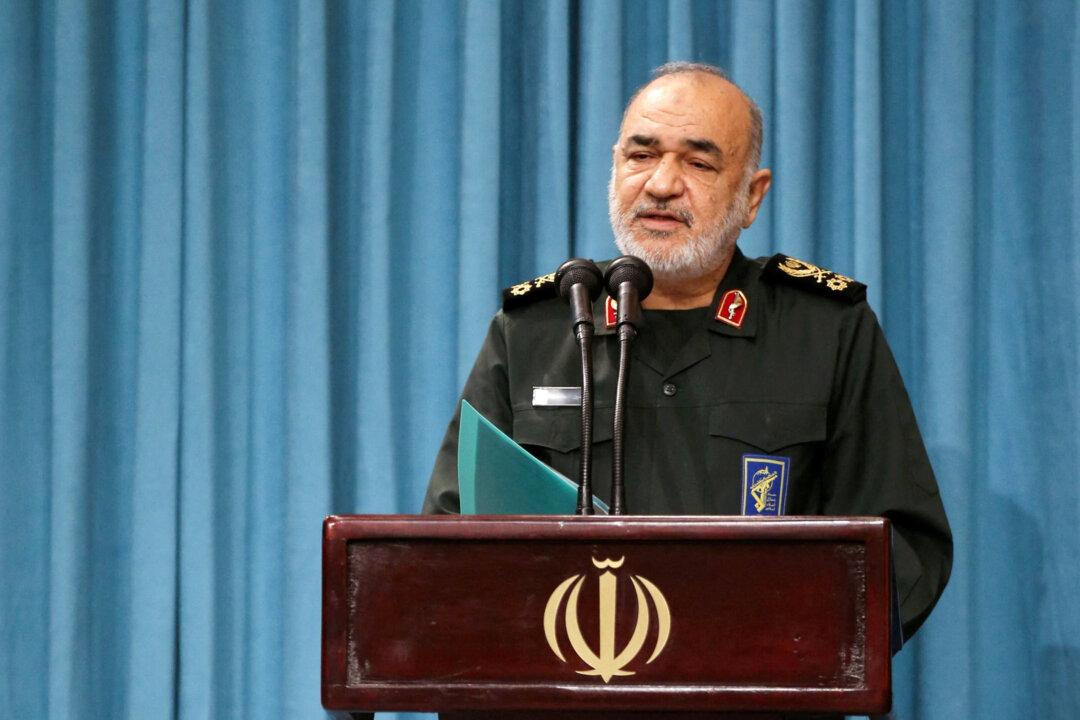WASHINGTON—Recent airstrikes by the State of Israel against the Islamic Republic of Iran have eliminated the country’s top three military leaders, key architects of Iran’s alleged proxy warfare programs and efforts to construct a nuclear weapon that threatened Israel.
“These are three ruthless mass murderers with international blood on their hands. The world is a better place without them,” the IDF wrote in its announcement of the deaths.
The assassinations of the Iranian leaders make them the highest-ranking Iranian officials killed by Israel to date. The United States assassinated Lt. Gen. Qasem Soleimani in 2020.
Below, we explain the likely reasons for Israel’s decision to target them.
Hossein Salami
The IRGC operates its own air force and navy, the Quds special operations forces unit (also known as the “Jerusalem Force” and once headed by Soleimani), as well as a military reserve unit known as the Basij.
The IRGC is responsible for protecting Iran’s nuclear facilities. It also owns a large amount of property in Iran and is seen as a key player in the country’s domestic economy, as well as the government’s politics. It has been designated as a terrorist organization by the United States and several Western countries.
Salami had adopted much of the Iranian government’s harsh rhetoric about Israel, the United States, Saudi Arabia, and other nations. He had been sanctioned by the United Nations and many other countries for his alleged involvement in Iran’s nuclear weapons program.
Mohammad Hossein Bagheri
Maj. Gen. Mohammad Hossein Bagheri was the chief of the general staff of the Iranian armed forces and the highest-ranking officer in Iran’s regular military.Bagheri’s position was equivalent to that of chairman of the joint chiefs of staff of the U.S. Armed Forces. Nominally, he outranked Salami and the IRGC, making him the leader of Iran’s combined military and police forces, which are the ninth largest in the world.
The Iranian army is not merely a ground force, but also operates Iran’s regular air forces, navy, and its air defense force, a radar-focused branch that monitors the country’s airspace against intrusion. To distinguish itself from the IRGC, the Iranian army is often called the “Artesh” in Persian. Though he led the general staff, Bagheri was responsible for the Iranian army and not the IRGC.
Bagheri had been involved in Iran’s revolutionary government for most of his life. He was reportedly one of the Iranian students who stormed the U.S. Embassy in Tehran in 1979, leading to a multi-year hostage crisis that became the basis for poor relations between Iran and the United States.
Bagheri began his career as an IRGC officer but was appointed to many regular army roles, signifying the former’s supremacy. His older brother, Hassan Bagheri, was an Iranian military hero who died in 1983 during the war against Iraq, and whose legacy was key to Mohammad Hossein Bagheri’s ascent in Iranian military circles.







